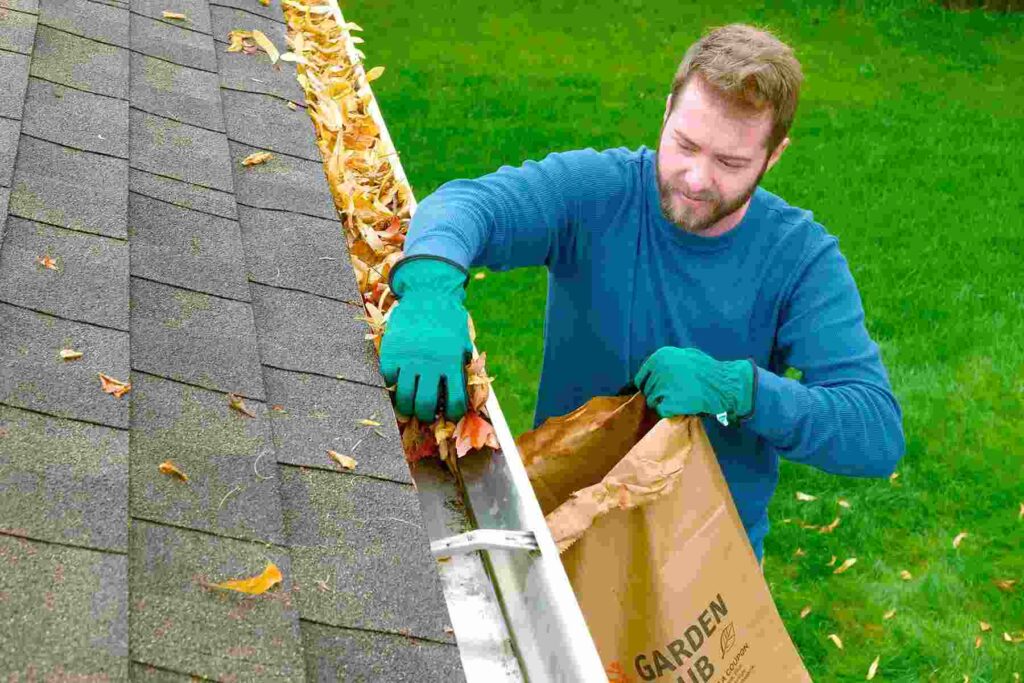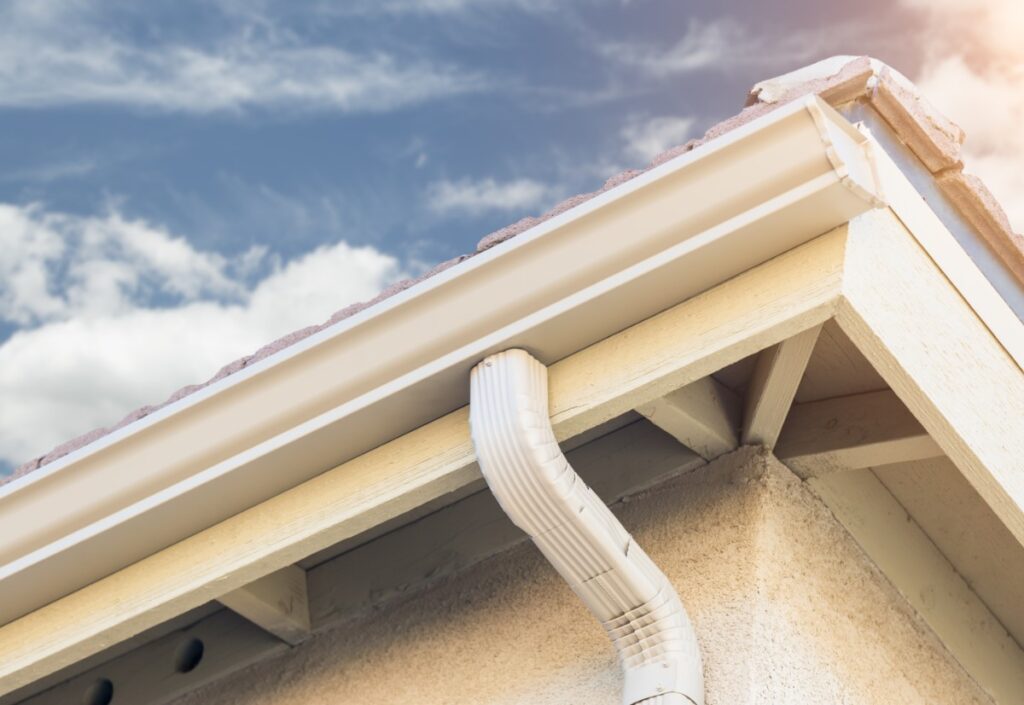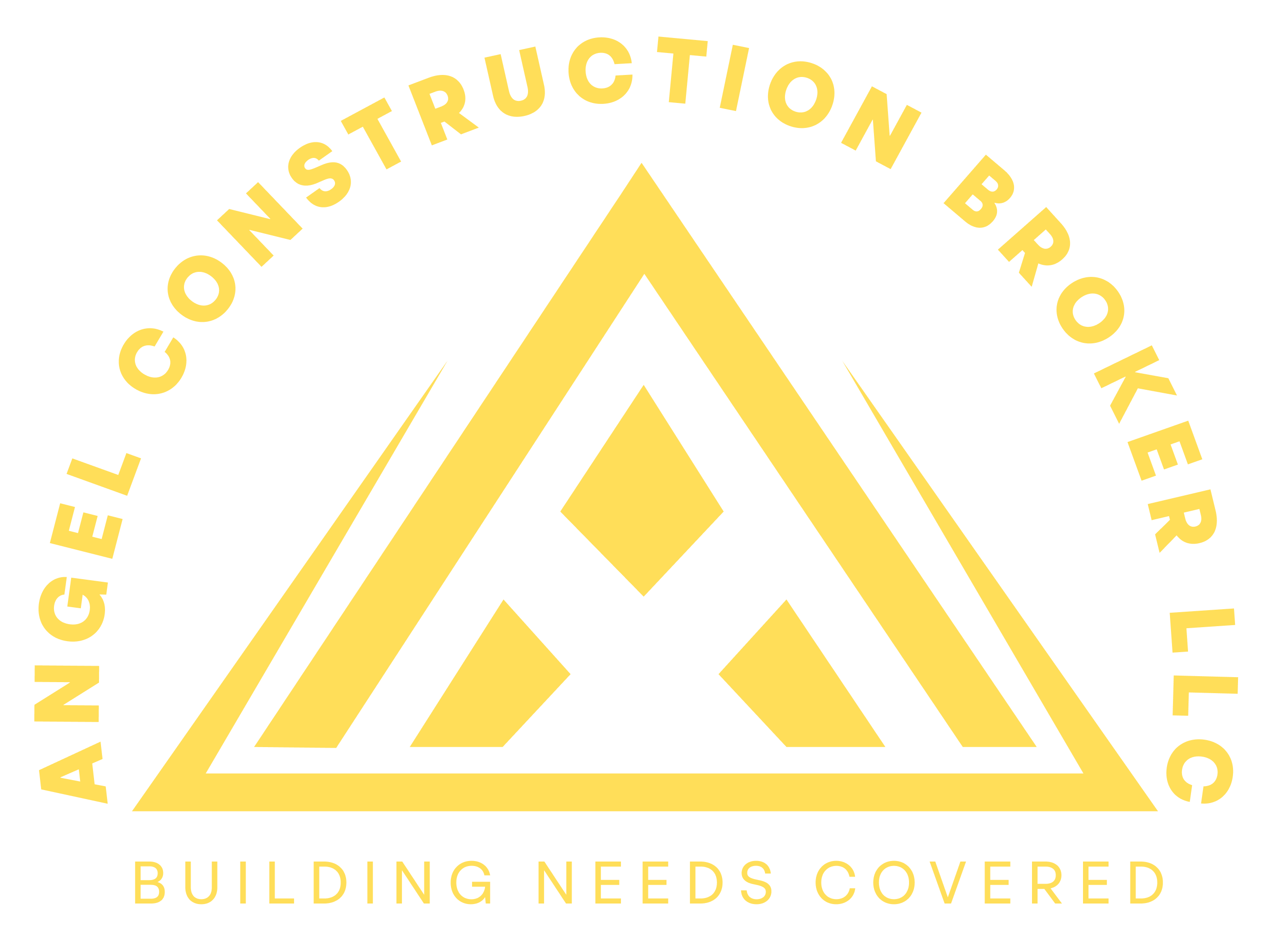Installing gutters is an essential task for maintaining a home’s structural integrity by directing rainwater away from the foundation. The duration of a typical gutter installation depends on various factors, such as the size of the property, the complexity of the roofline, and the type of gutters being installed. For an average-sized home, the installation process usually takes between one to two days. This timeframe includes removing old gutters, preparing the installation site, and securely attaching the new gutter system. Professional installers of Angel Construction Broker LLC ensure that the gutters are properly aligned and sealed to prevent leaks, providing homeowners with an effective drainage solution to protect their property from water damage.
Understanding Your Gutter System
Before delving into the installation process, it’s crucial to have a clear understanding of your gutter system. Gutters are designed to collect rainwater from the roof and divert it away from the foundation of your home, preventing water damage. Familiarize yourself with the different components of your gutter system, including gutters, downspouts, gutter guards, and fascia boards. Assess the current condition of your gutters to determine if any repairs or replacements are necessary before installation.
Planning and Preparation
Proper planning is essential for a smooth and efficient gutter installation. Start by measuring the dimensions of your roof to determine the length of gutters and downspouts needed. Consider factors such as roof slope, rainfall intensity, and the layout of your property when planning the gutter system’s design. Additionally, assess the best placement for downspouts to ensure effective water drainage and minimize the risk of overflow.
Before installation day, gather all the necessary materials and tools, including gutters, downspouts, brackets, screws, sealant, and a ladder. Clear any debris from the roof and gutters to facilitate the installation process. It’s also advisable to enlist the help of experienced professionals or seek guidance from reputable sources to ensure the installation is done correctly.
Choosing the Right Materials
Selecting high-quality materials is crucial for the longevity and effectiveness of your gutter system. Aluminum gutters are a popular choice due to their durability, corrosion resistance, and lightweight properties. They are available in various colors and styles to complement your home’s exterior. Alternatively, vinyl gutters offer affordability and ease of installation, but they may not be as durable as aluminum.
When choosing gutter guards, opt for options that effectively keep debris out while allowing water to flow freely. Stainless steel or aluminum mesh guards are durable and low-maintenance choices that provide reliable protection against clogs. Evaluate the pros and cons of different materials to determine the best fit for your specific needs and budget.
Efficient Installation Techniques

Efficiency is key when it comes to gutter installation, as it minimizes labor costs and ensures a timely completion. Start by installing the gutter hangers or brackets along the eaves of the roof, ensuring they are spaced evenly and securely attached to the fascia board. Next, mount the gutters onto the hangers, ensuring they have the proper slope for water drainage towards the downspouts.
Seal all joints and seams with a high-quality gutter sealant to prevent leaks and ensure a watertight connection. Secure the downspouts to the side of the house using brackets, ensuring they extend several feet away from the foundation to direct water away from the property. Finally, install gutter guards to protect against debris buildup and minimize maintenance requirements.
Quality Control and Inspection
Once the installation is complete, perform a thorough inspection to ensure everything is in proper working order. Check for any signs of leaks, sagging gutters, or misaligned components that could affect the system’s performance. Test the flow of water through the gutters and downspouts to verify that it is unobstructed and draining away from the house as intended.
Address any issues promptly to prevent potential water damage and ensure the longevity of your gutter system. Regular maintenance, such as cleaning debris from gutters and inspecting for damage, will help preserve the efficiency and effectiveness of your gutters over time.
Assessing Environmental Factors
Before beginning the gutter installation process, it’s essential to consider environmental factors that may impact the efficiency and effectiveness of the system. Evaluate the local climate, including average rainfall, snowfall, and temperature fluctuations, to determine the most suitable gutter materials and design for your area. In regions prone to heavy rainfall or snow accumulation, oversized gutters and additional downspouts may be necessary to handle increased water volume effectively. Additionally, assess the surrounding landscape and vegetation to anticipate potential debris buildup and select gutter guards accordingly.
Streamlining Workflow
Streamlining the workflow is essential for maximizing efficiency during gutter installation projects. Establish a clear plan of action and assign specific tasks to each member of the installation team to minimize downtime and ensure smooth coordination. Utilize time-saving tools and equipment, such as gutter installation machines and power tools, to expedite the process while maintaining quality standards. Minimize unnecessary movement and optimize the layout of materials and tools to facilitate easy access and efficient workflow throughout the installation process.
Seamless Gutters:
Seamless gutters are custom-made on-site to fit the exact dimensions of your home. They are typically made from materials like aluminum, steel, or copper. The main advantage of seamless gutters is their reduced risk of leaks compared to sectional gutters, which have seams at every joint. This design minimizes potential weak points where leaks can develop over time. Seamless gutters are also more aesthetically pleasing, as they provide a smooth, clean look along the roofline. While they may cost more initially than sectional gutters, the long-term benefits in terms of durability and reduced maintenance often make them a worthwhile investment for homeowners.
Implementing Safety Measures
Prioritizing safety is paramount during gutter installation to prevent accidents and injuries on the job site. Conduct a thorough safety assessment of the work area and implement appropriate safety measures, including fall protection systems, personal protective equipment (PPE), and ladder safety protocols. Ensure all installation crew members are trained in proper safety procedures and emergency protocols to mitigate risks and promote a safe working environment. Regularly inspect equipment and tools for signs of wear or damage and replace as needed to prevent accidents.

Leveraging Technology
Harnessing technology can significantly enhance efficiency and productivity during gutter installation projects. Utilize advanced software tools for project planning, design visualization, and material estimation to streamline the planning process and optimize resource allocation. Implement drone technology for aerial surveys and site assessments to gather accurate measurements and identify potential installation challenges beforehand. Additionally, explore the use of robotic or automated systems for gutter fabrication and installation to reduce manual labor and expedite project timelines.
Prioritizing Training and Education
Investing in ongoing training and education for installation crew members is essential for maintaining high standards of efficiency and quality in gutter installation projects. Provide comprehensive training programs covering installation techniques, safety protocols, and the latest industry developments to equip installers with the skills and knowledge needed to excel on the job. Encourage continuous learning and professional development through participation in industry seminars, workshops, and certification programs to stay abreast of emerging trends and best practices in gutter installation.
Seeking Customer Feedback
Gathering feedback from customers following gutter installation projects is invaluable for identifying areas of improvement and enhancing overall efficiency and customer satisfaction. Implement a structured feedback process to solicit input from customers regarding their experience with the installation process, product performance, and service quality. Analyze feedback data regularly to identify trends, address any recurring issues, and implement corrective actions as needed to optimize future installations. Demonstrating a commitment to customer feedback and continuous improvement fosters trust and loyalty among customers and strengthens the reputation of your gutter installation business.
Conclusion:
A well-executed gutter installation is crucial for protecting your home from water damage and ensuring efficient water drainage. By opting for professional installation, homeowners can be confident that their new gutters will function properly and last for years to come. Properly installed gutters help preserve the foundation, landscaping, and overall structural integrity of the property. With a typical installation taking just one to two days, it’s a quick yet significant improvement for any home. Regular maintenance and timely replacements further enhance the effectiveness of your gutter system, safeguarding your investment and providing peace of mind during heavy rains and storms.
FAQ’s:
1. How long does a typical gutter installation take?
A typical gutter installation for an average-sized home usually takes between one to two days, depending on factors such as the size of the property and the complexity of the roofline.
2. What types of gutters are available for installation?
Common types of gutters include aluminum, vinyl, steel, copper, and zinc. Each material has its own advantages in terms of durability, cost, and aesthetic appeal.
3. Do I need to remove my old gutters before installing new ones?
Yes, the old gutters need to be removed to ensure proper installation of the new system. Professional installers will handle the removal as part of the installation process.
4. How do I know if my gutters need to be replaced?
Signs that your gutters need replacement include visible cracks, rust, sagging, frequent clogs, and water damage around your home’s foundation or siding.
5. Can gutter installation be done in any weather?
Ideally, gutter installation is done in dry weather. Wet or icy conditions can complicate the process and affect the quality of the installation.
6. How often should gutters be cleaned and maintained?
Gutters should be cleaned at least twice a year, typically in the spring and fall. Regular maintenance helps prevent clogs and extends the lifespan of your gutters.
